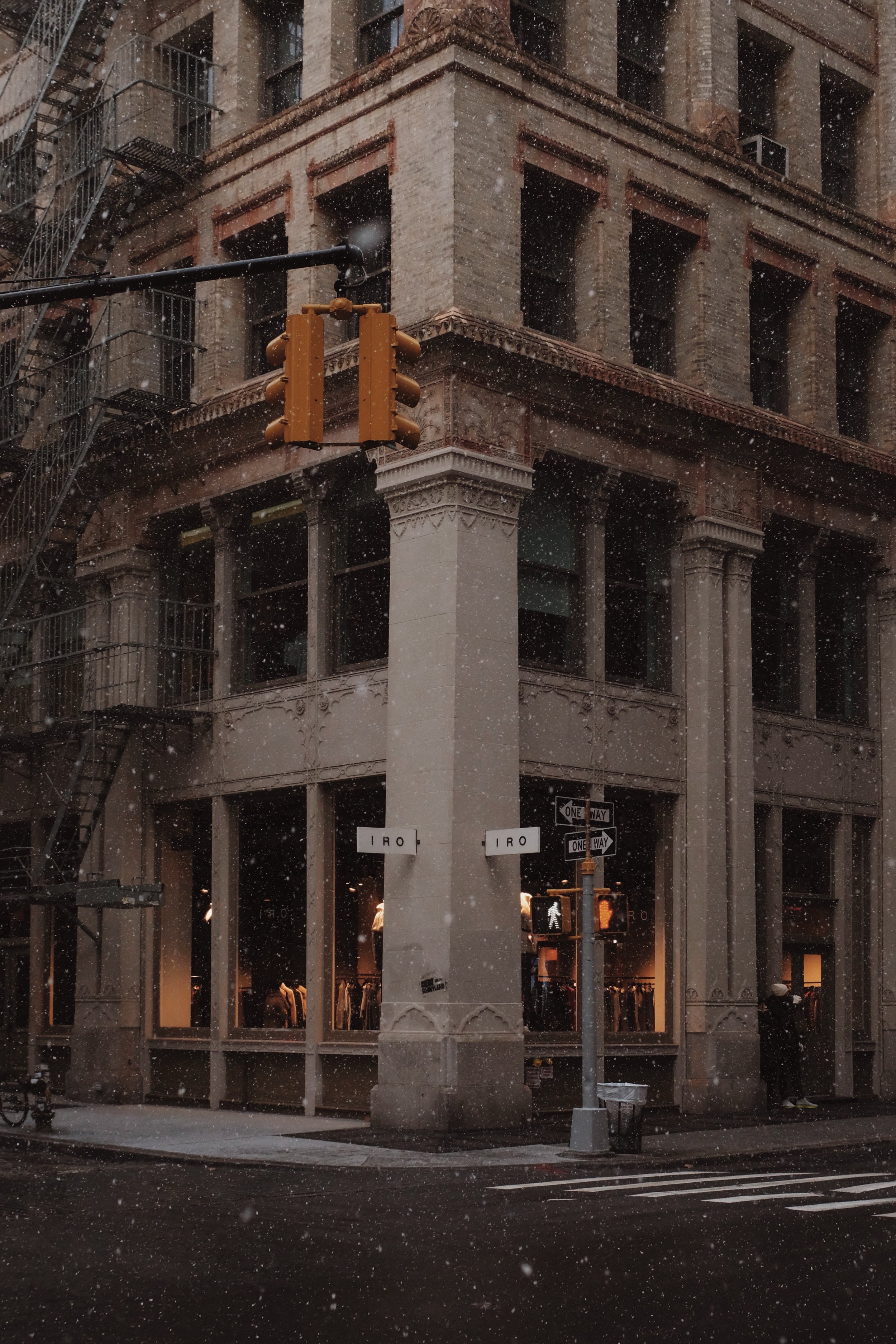A Warm Quilt Wrapped Around — an essay
Ben Ashby
— an essay by Debra J. Elliot from FOLK Best of Story issue
Many years ago, when I was around the age of five, I can remember visiting my grandparents' home. Because my father was in the military, we did not get to spend that much time with his parents, so every visit was a treat. They lived in a meager home on a six-acre farm. My grandfather. Alamander Mullins, made his living working in construction, mostly building houses for the surrounding communities. As a matter of fact, my father helped build the house that my grandparents lived in. Alamander could build the most beautiful houses around, but he chose to live simply. His own house was just put together with plywood and no insulation to speak of-only newspaper or rags in between the slats. I remember the house being very cold in the winter, and the only source of heat was the huge black wood stove in the kitchen and the fireplace in the living room, which was fueled by coal and wood.
When we stayed with them, my sisters and I would stay in a bedroom next to the kitchen. Back then, we were small enough to all sleep in the same bed. All of us would bundle up in that bed with at least three or four heavy homemade quilts, with no sheets at all. I remember long before daylight, my grandfather starting a fire in the wood stove in the kitchen, snow outside and frost on the inside of the kitchen windows and us in the bed, warm as toast. Shortly after that, you could smell the wonderful scent of homemade biscuits and gravy.
Every morning, when we got to the breakfast table, my grandmother, Maudie Mullins, had a table full of food: biscuits, gravy, bacon, sausage, pork chops, and every other breakfast food you could imagine. Even though I was just barely old enough to see over the table, I will never forget my grandmother asking my mother if I could have a cup of coffee. To say the least, as I was five years old, my mother opted to give me a glass of milk instead.
The scents, the warmth, as well as the feeling of being safe, will be forever ingrained in my mind to my grandparents' house. I still have a couple of the quilts my grandmother made, and they always remind me of those cold nights spent under those quilts. So when my granddaughter comes to stay with me, I have a fire going in the fireplace, quilts on top of her, and, when she wakes up, the smell of homemade biscuits.
There is nothing better than the smell of wood burning in the fireplace, biscuits in the oven, a warm quilt wrapped around you-nothing beats the sweet comforts of home!
— Debra J. Elliot























































































